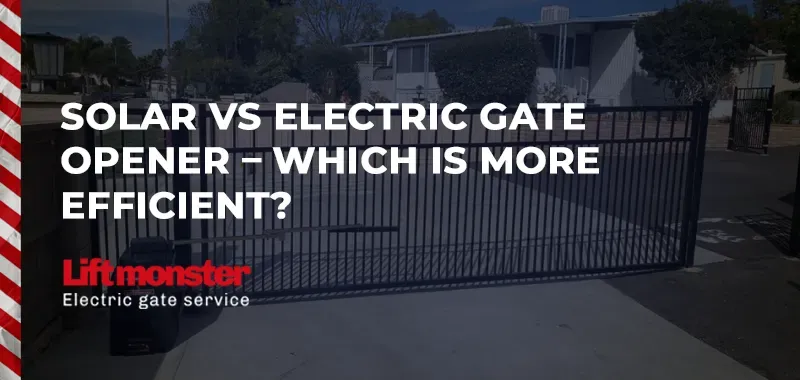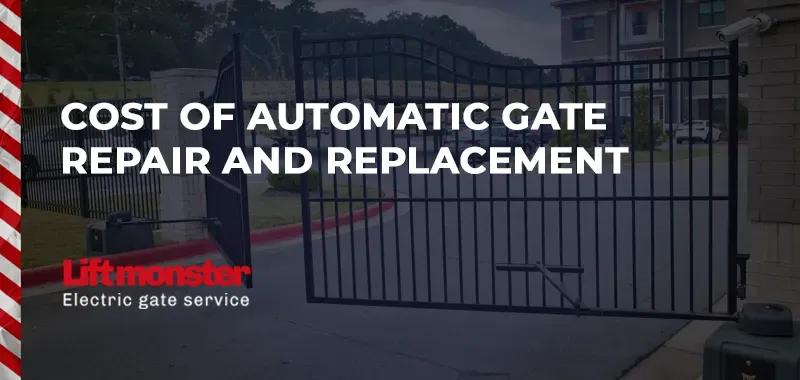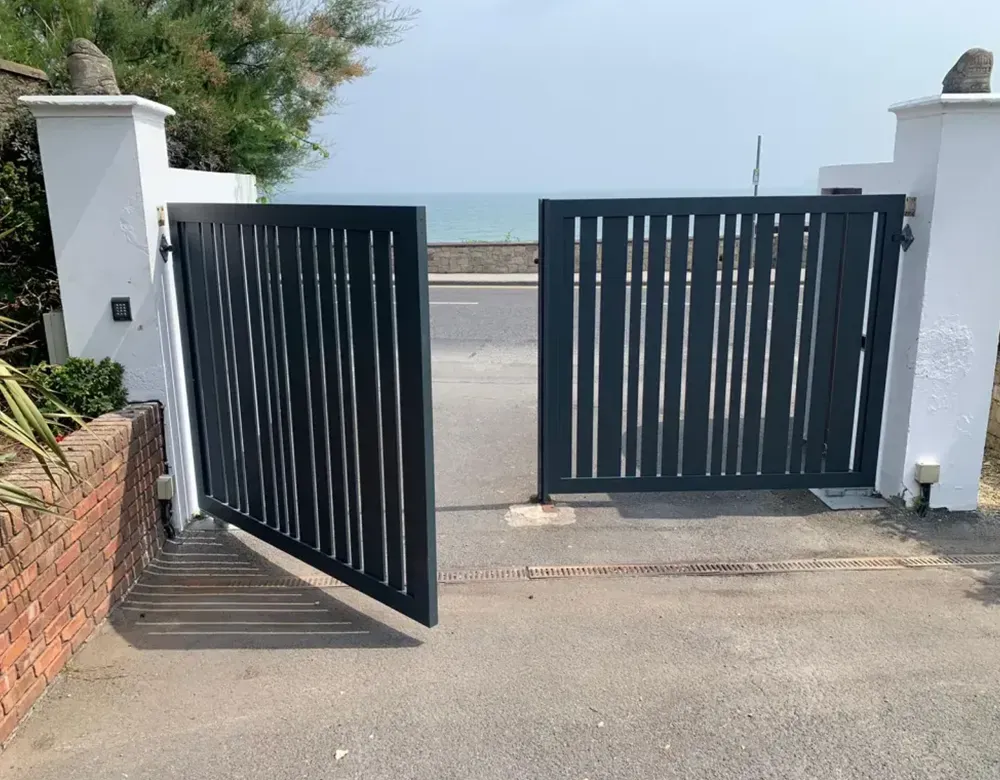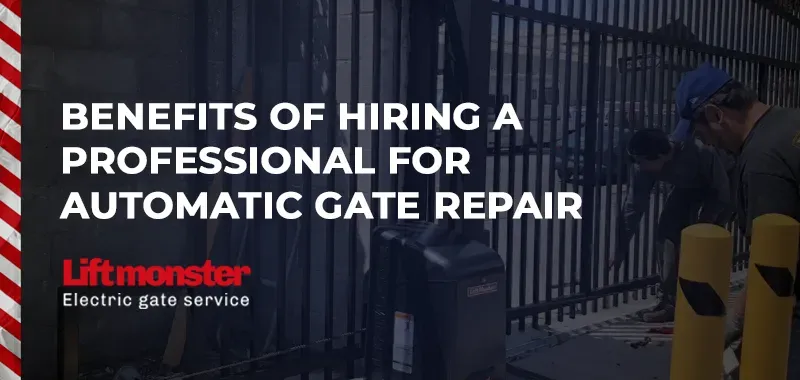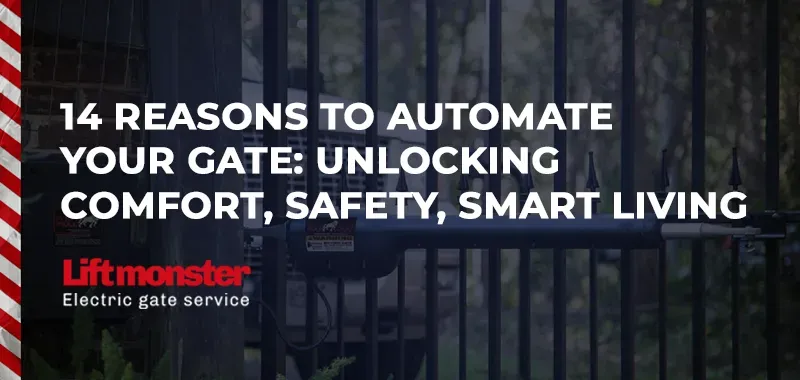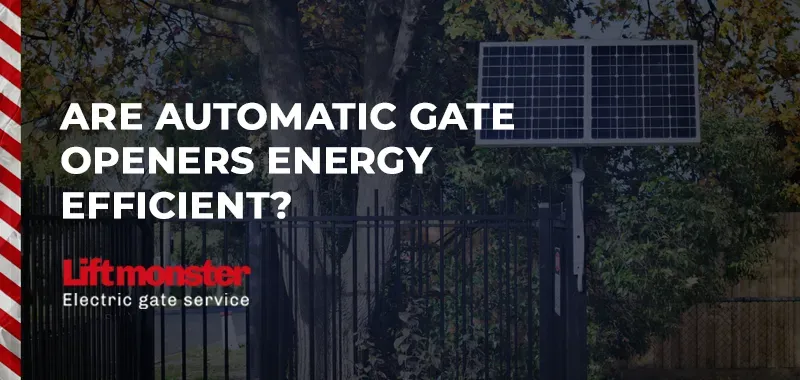How to Align Garage Door Sensors?
Garage door sensors are a crucial safety feature, preventing the door from closing on people, pets, or objects. If your garage door won’t close properly, misaligned sensors could be the issue. In this expert guide, we’ll show you how to align garage door sensors to ensure your door functions smoothly and safely.
Why Is Garage Door Sensor Alignment Important?
Most modern garage doors come equipped with photo-eye sensors located on both sides of the door, a few inches above the ground. These sensors send an invisible beam across the door's path—if something blocks the beam, the door won’t close. If the sensors are misaligned, they may prevent the door from closing even when nothing is in the way.
Common signs of misaligned garage door sensors include:
- Garage door reversing before fully closing
- Blinking sensor lights
- Door not closing unless you hold the wall button
- An intermittent or unpredictable door response
If you're experiencing these issues, follow the steps below to align garage door sensors properly.
Tools You’ll Need
- Screwdriver
- Level
- Measuring tape
- String and zip ties (optional)
Step-by-Step Guide to Aligning Garage Door Sensors
Step 1: Check for Obstructions
Before adjusting anything, inspect the area around the sensors. Remove any dirt, spiderwebs, or debris that could block the beam. Sometimes, simply cleaning the lenses can fix the problem.
Step 2: Locate the Sensors
Your garage door sensors are small, black boxes located near the bottom of the door tracks. One sensor emits an infrared beam, while the other receives it. Both must be perfectly aligned for the system to work.
Step 3: Loosen the Sensor Brackets
Using a screwdriver, slightly loosen the screws or bolts securing the sensors. This will allow you to adjust their positioning. Be careful not to remove the screws completely.
Step 4: Align the Sensors
- Use a level to ensure both sensors are at the same height.
- Measure from the ground up to confirm they are positioned evenly on both sides.
- A simple trick is to tie a string between both sensors—this will create a straight line that helps you adjust them accurately.
Step 5: Secure the Sensors in Place
Once the sensors are aligned, tighten the screws to secure them. Be careful not to over-tighten, as this could shift their alignment.
Step 6: Test the Sensors
- Close the garage door using the remote or wall switch.
- If the door closes properly, your sensors are correctly aligned.
- If the problem persists, check if the sensor lights are solid (not blinking).
Step 7: Adjust Sensor Angles if Needed
If the sensors still don’t work:
- Gently adjust their angles to ensure the beam is hitting the receiving sensor.
- If your garage floor is uneven, place a small shim under the lower sensor to level it.
Additional Troubleshooting Tips
- Check the Wiring – If the sensors still aren’t working, inspect the wires for any visible damage. Loose or frayed wires may need to be reconnected or replaced.
- Look for Sunlight Interference – Direct sunlight can sometimes interfere with the infrared beam. If this is an issue, try shading the sensors.
- Reset the Garage Door Opener – Unplug the opener for 30 seconds, then plug it back in to reset the system.
When to Call a Professional
If you’ve followed these steps and your garage door sensors still aren’t working, it may be time to call an expert. At Lift Monster, we specialize in troubleshooting and repairing garage door issues, ensuring your system is safe and reliable.
Knowing how to align garage door sensors can save you time and frustration. With the right tools and a little patience, you can get your garage door back to working order in no time.
LiftMonster BLOG
